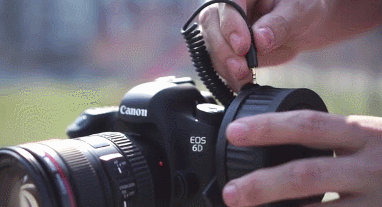
That means when you focus on the stars, the foreground will be a little bit blurry. When you’re shooting at a wide aperture the depth of field is going to be very narrow. Great astrophotography lenses will be able to open up as wide as f/2.8, or even wider (f/1.8, f/1.4, etc).

So you need to help the camera get the most light available by making the aperture as wide open as possible. That last part is very important to learn about, but for now we’ll talk about the light side of things.īecause you need to be shooting astrophotography when it is dark outside, there isn’t much light available for the sensor to read. Wide aperture = shallow depth of field.The smaller the opening is, the less light comes through.īesides the amount of light it lets in, it also affects the depth of field of the image. The wider, or larger, the opening is, the more light can come through and hit the sensor. In basic terms, aperture is the opening at the front of the lens that lets in light. READ MORE: Here are all of our favourite waterfall photography tips so you can take gorgeous, silky shots of cascades! Aperture – Large Now let’s dive into why we choose these particular astrophotography settings. Of course there are a lot of different elements that come into play that would affect the end result, and as soon as you start to get a bit more experience you’re going to want to experiment with different settings for astrophotography.īut if you follow the above guide you’ll be off to a good start!

If you head outside on a clear night, set your camera up on a tripod, point it at the Milky Way and use these settings, you should be able to capture a fantastic image that you can be proud of. Use the settings above and you’ll be able to capture night sky shots just like this one! Taken in Antarctica on a camping expedition. Here are the best camera settings for astrophotography we recommend for people just looking to capture shots of the stars without thinking too much about it Then it’s time to take some long exposure pictures! The first thing you need to do is find somewhere with very little light pollution, and head out to take photos within a few days either side of the new moon so you can really see the stars. If you’ve never really shot Milky Way photography before, then you’re going to love this! One of the most common questions we get from people is “what settings should I use for astrophotography?” The Best Astrophotography Settings for Beginners – A Quick Guide

The Best Astrophotography Settings for Beginners – A Quick Guide.


 0 kommentar(er)
0 kommentar(er)
